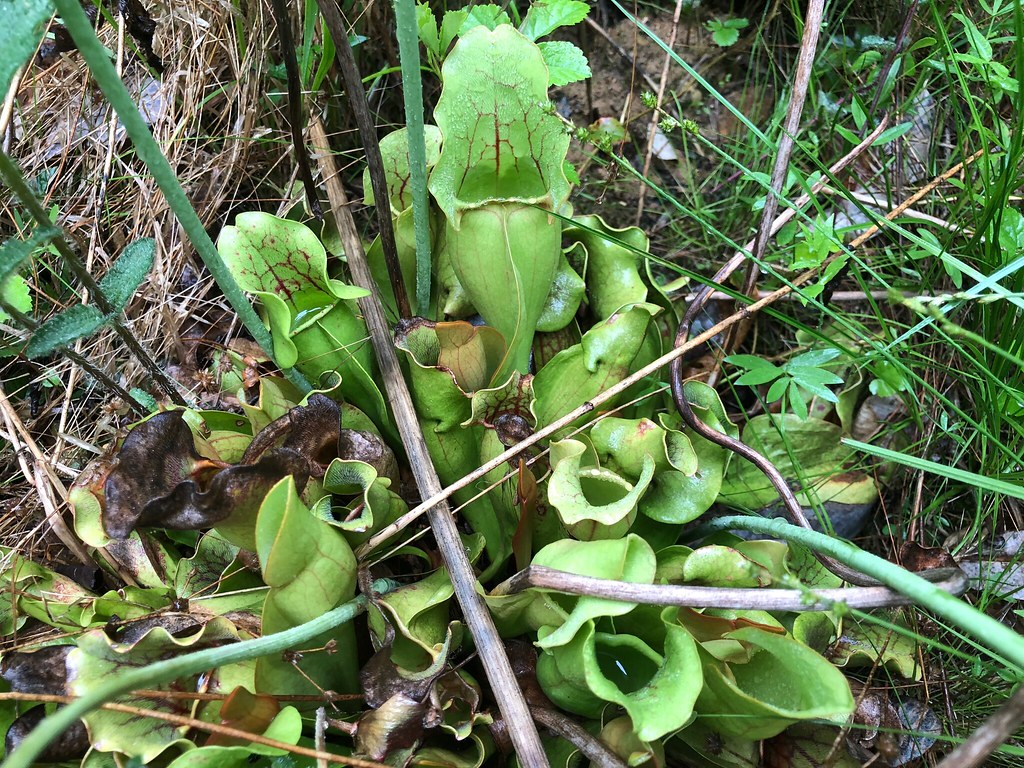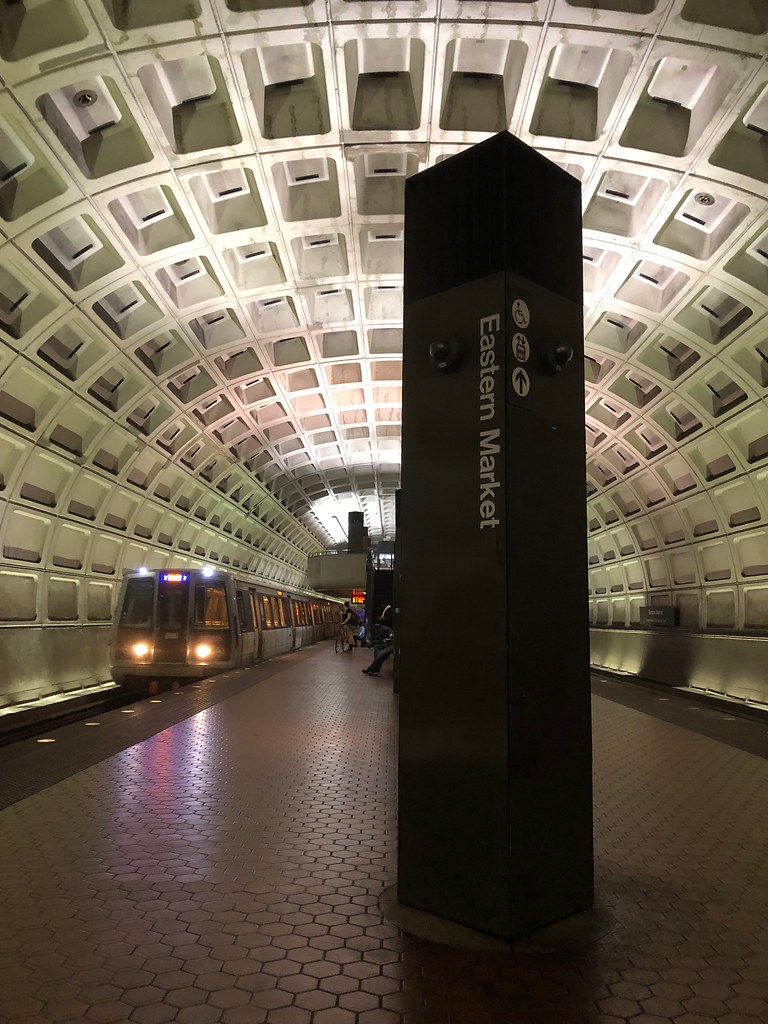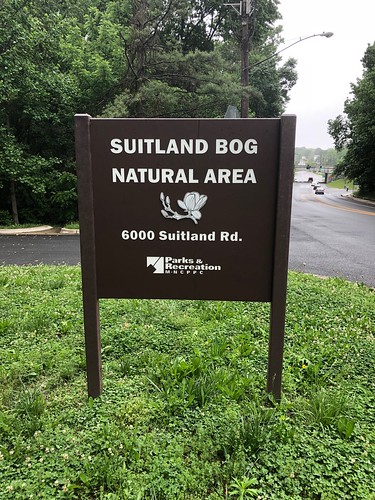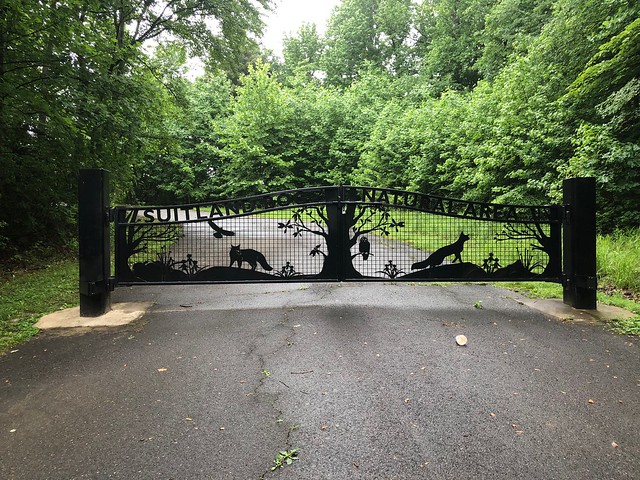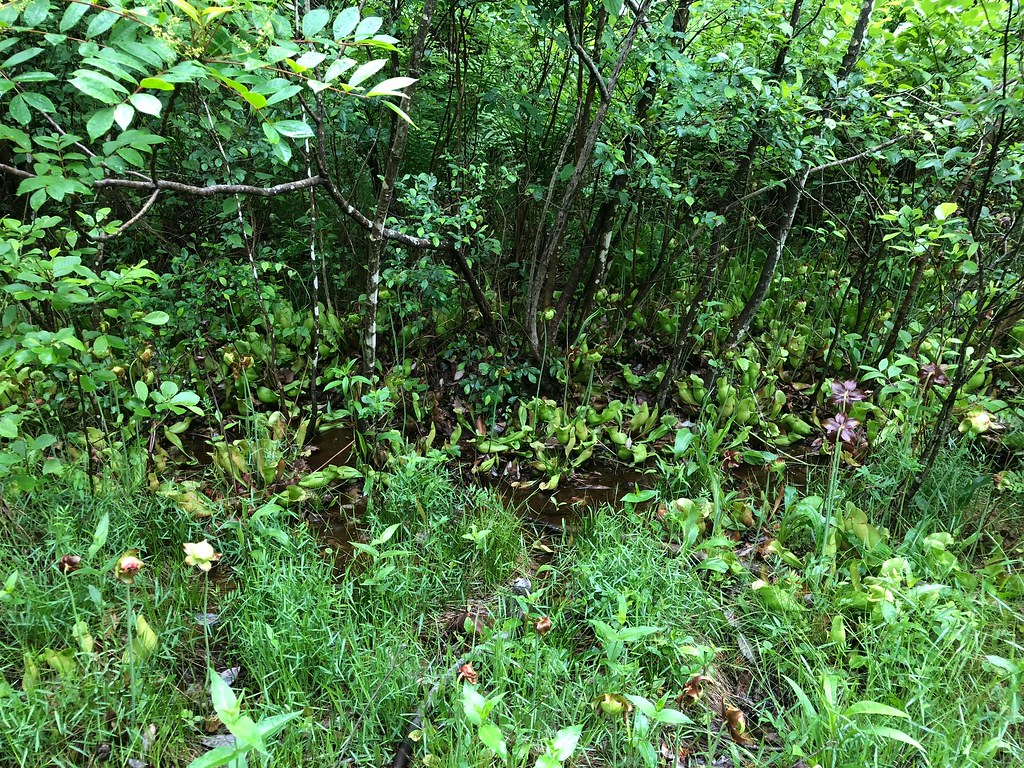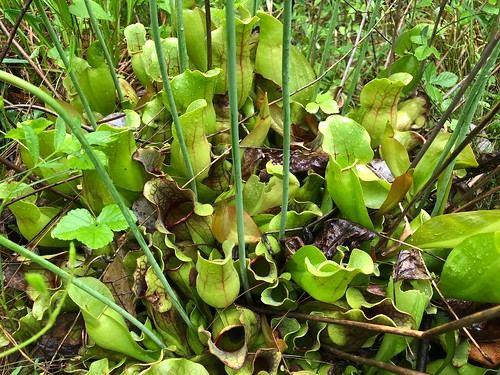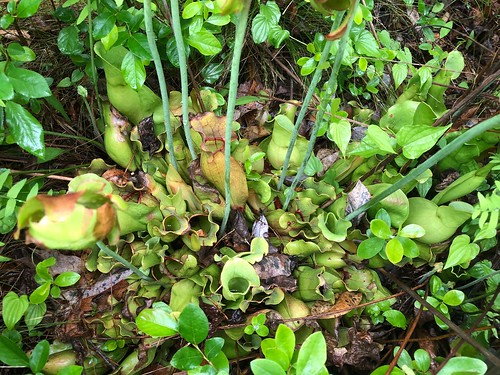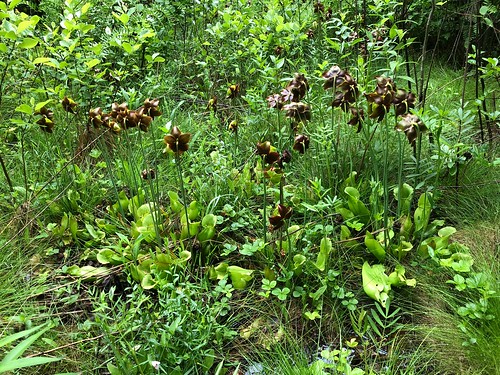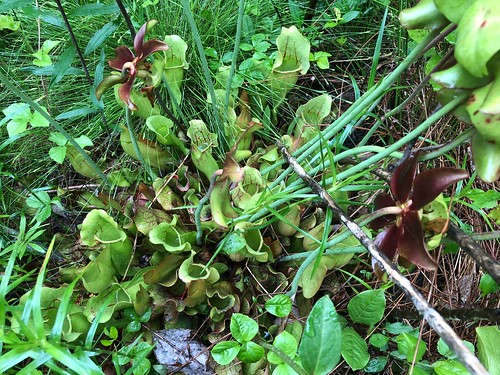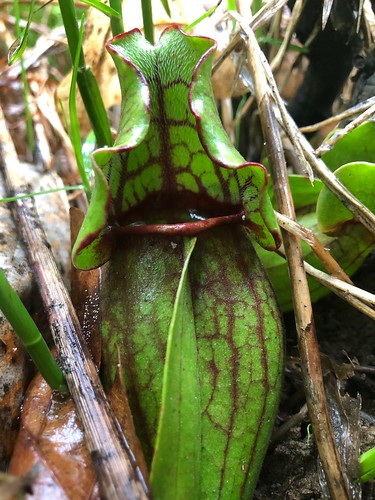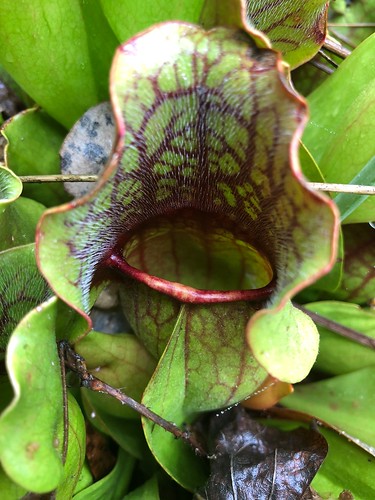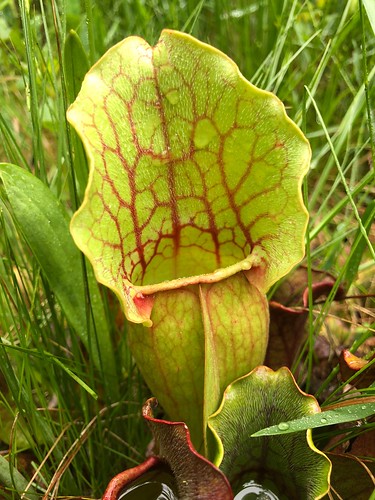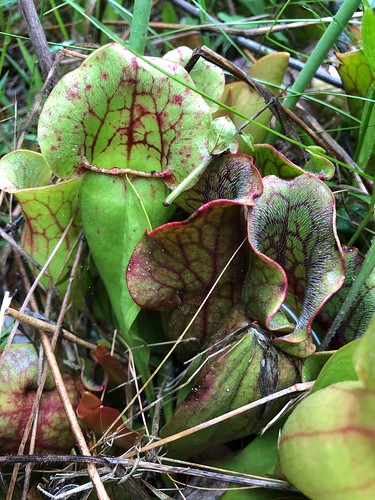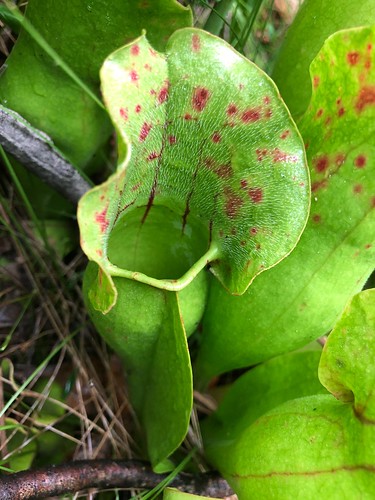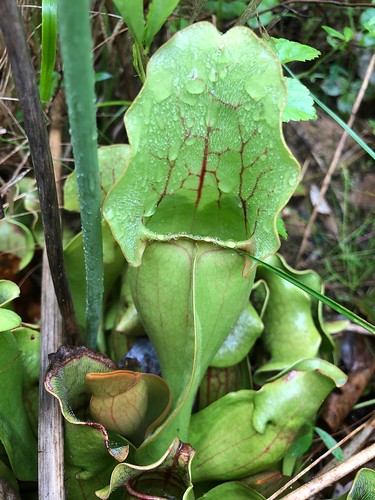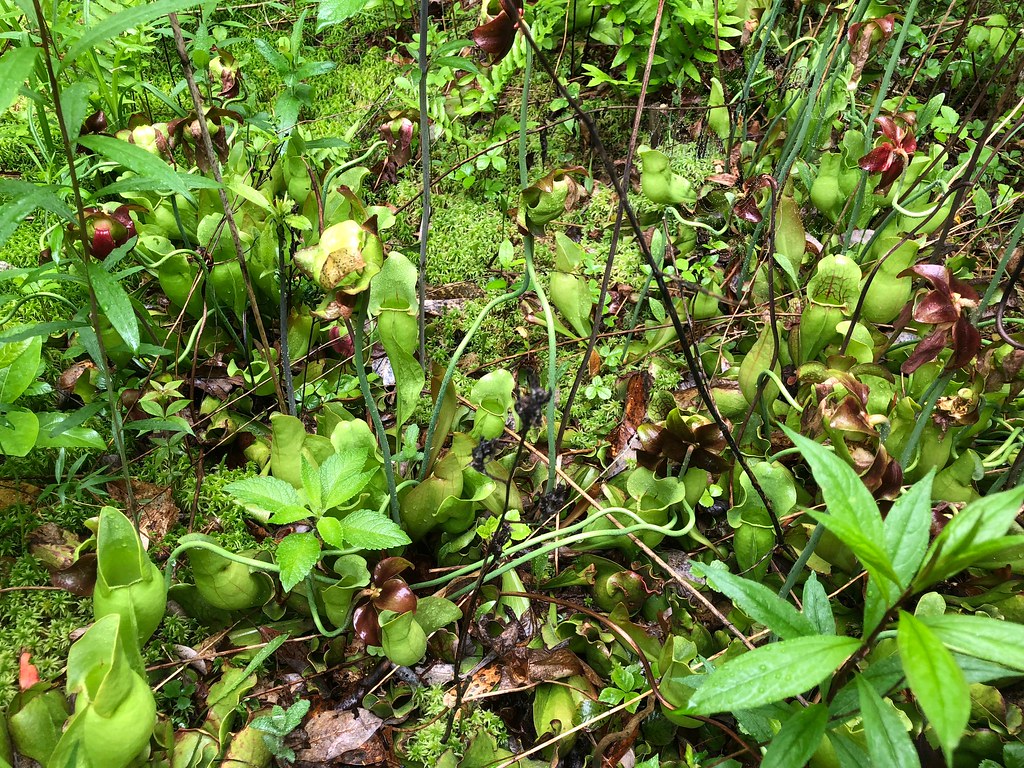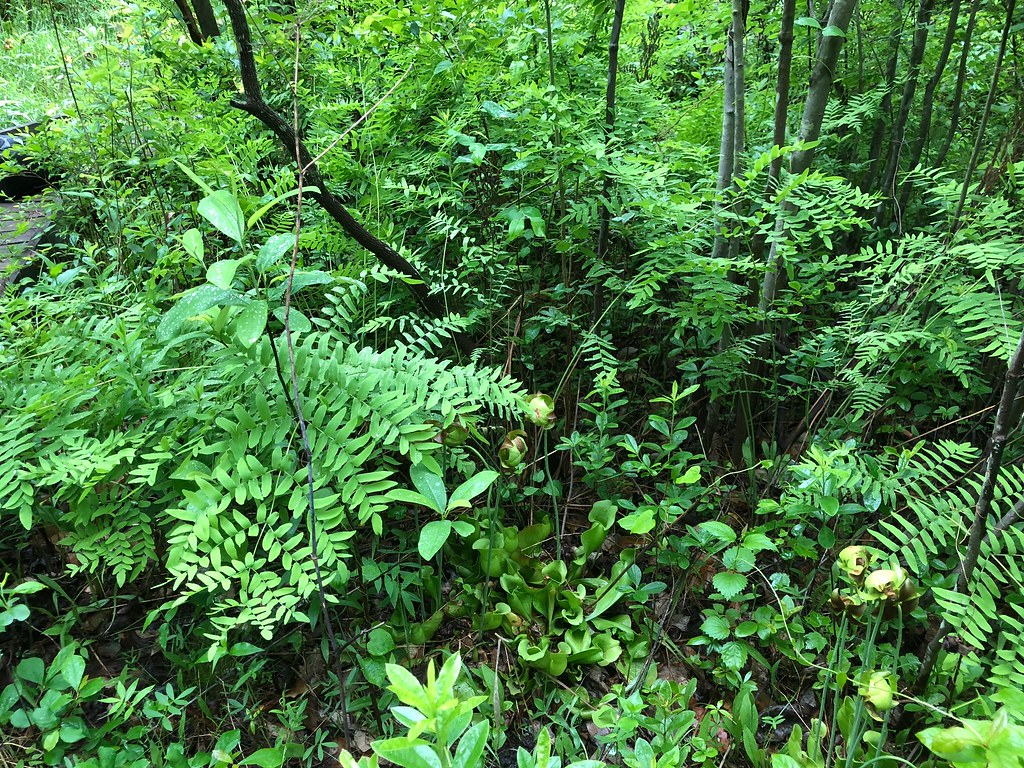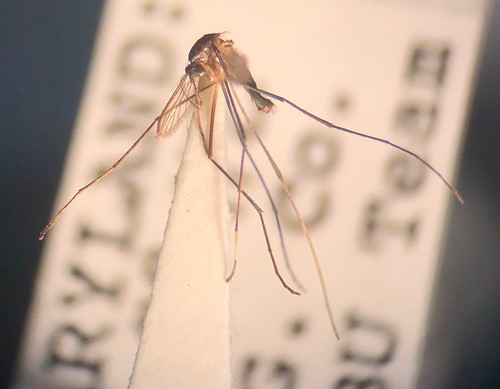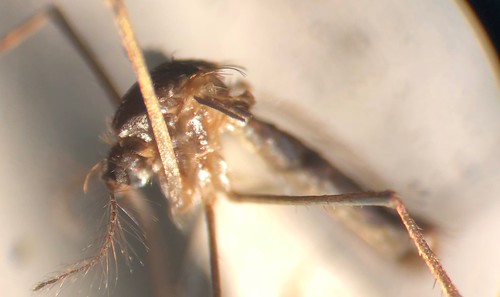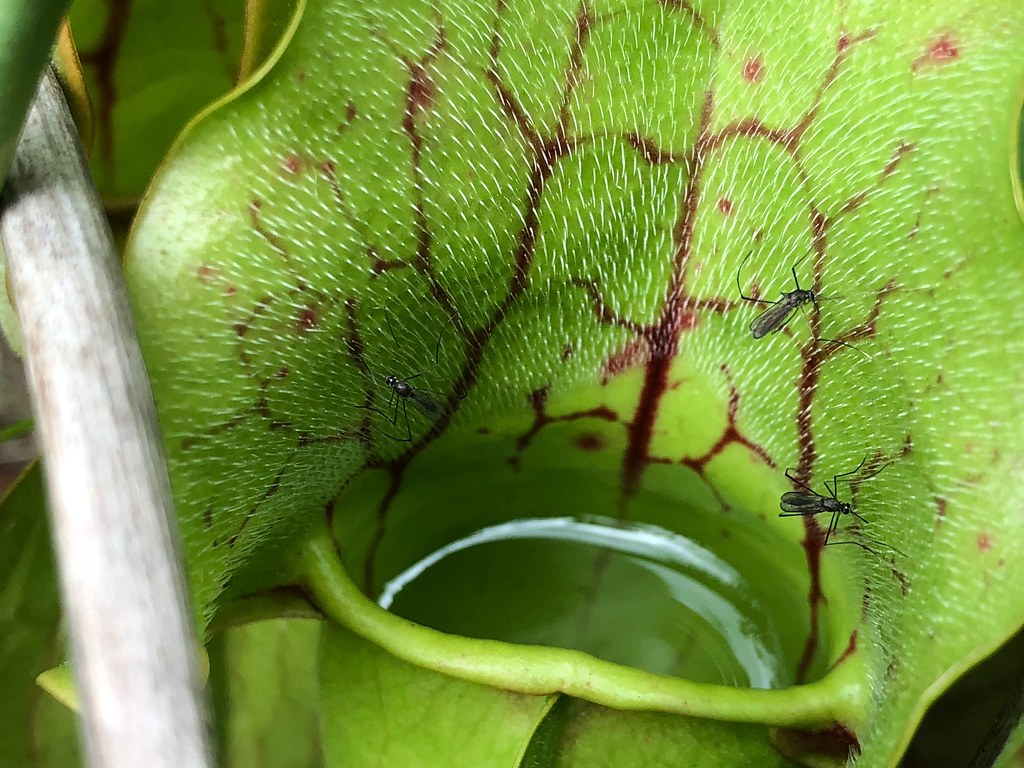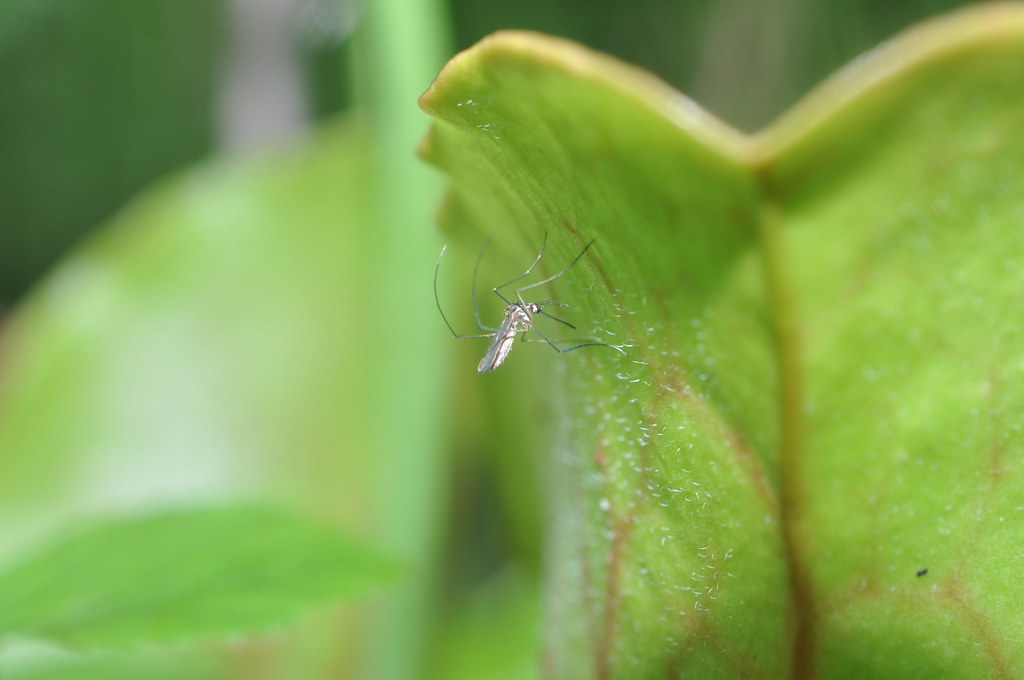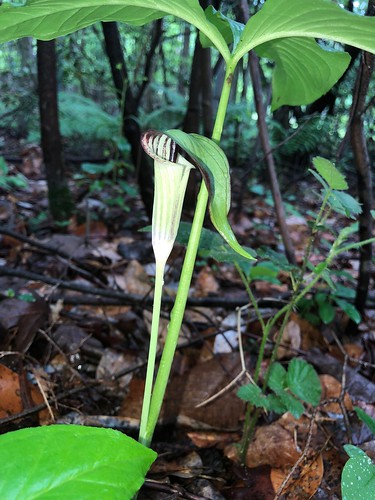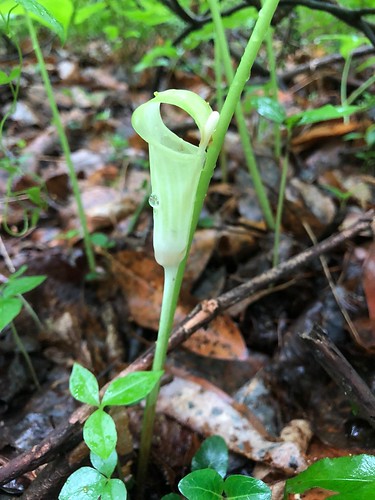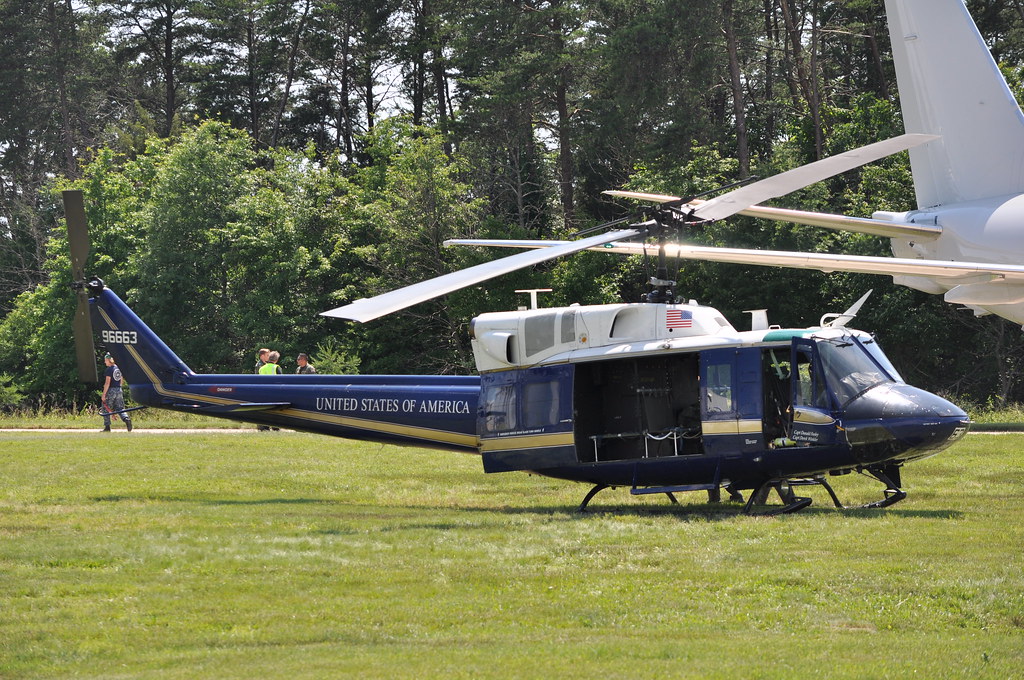This post fleshes out a talk I gave to the Canberra meeting of the Australasian Carnivorous Plant Society (AUSCPS) in August.
In June, I had my first ever visit to the east coast of the US (Washington, DC). Of course, I was determined to see Sarracenia. I was prepared to go to a lot of effort to find a site, but in five minutes of web sleuthing, I had my spot identified and travel plans made – the Suitland Bog Natural Area at Suitland, MD, just outside of DC. So, on the somewhat overcast Memorial Day of 2018, I headed out to see if I could find some Sarracenia.
This link gives you the lay of the land and public transport directions. Suitland is just over the border from DC and is serviced by the Washington Metro via Suitland Station. Although I read that the Washington Metro has a bit of a bad reputation, I found it very efficient and impressive, especially the architecture of the underground stations. Its then about a 45-minute walk on the sidewalk (or a five minute Uber!) to the bog itself.
Here’s the entrance to the preserve as seen from Suitland Road. The gate is a superb piece of metal art. Although it is locked to prevent car access (and presumably vandalism) further in, there is ample parking.
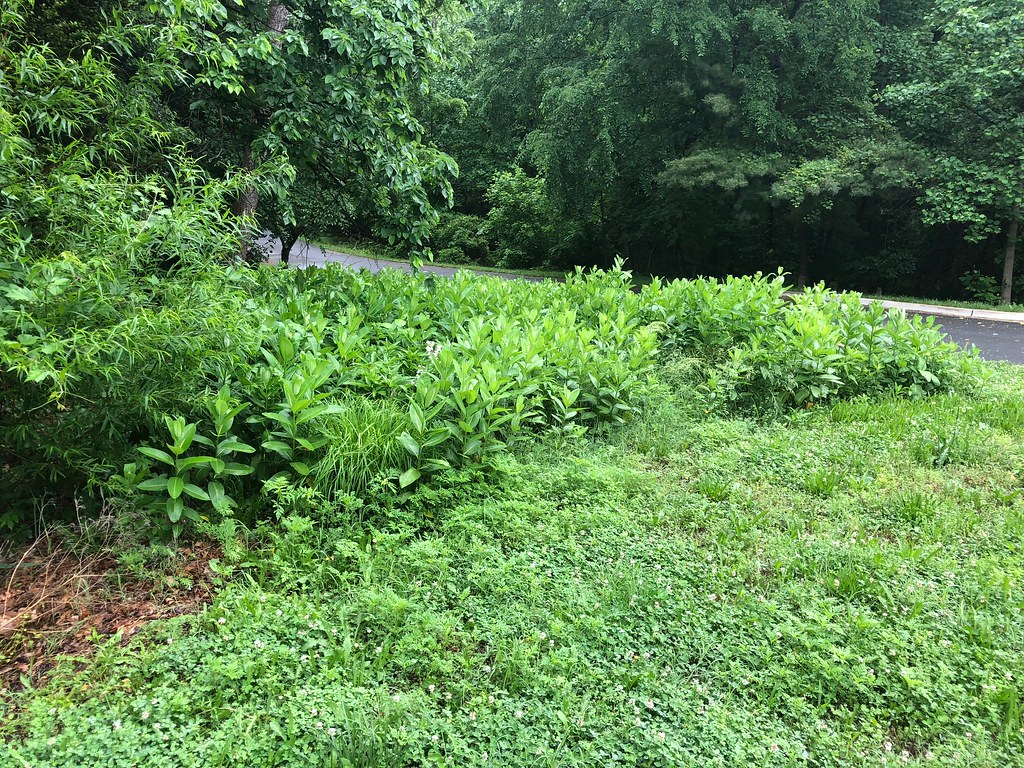
At the entrance was a big clump of Asclepias syriaca, or butterfly weed, the host of the Monarch butterfly (Danaus plexippus). We take Monarchs (locally called the “Wanderer”) for granted here in Australia, but they are in serious trouble in North America. I saw no sign of them on my last visit to North America in 2012 (British Columbia and Colorado), but this time I saw some, as well as the similarly patterned Viceroy, and the Easter Tiger and Black Swallowtails.
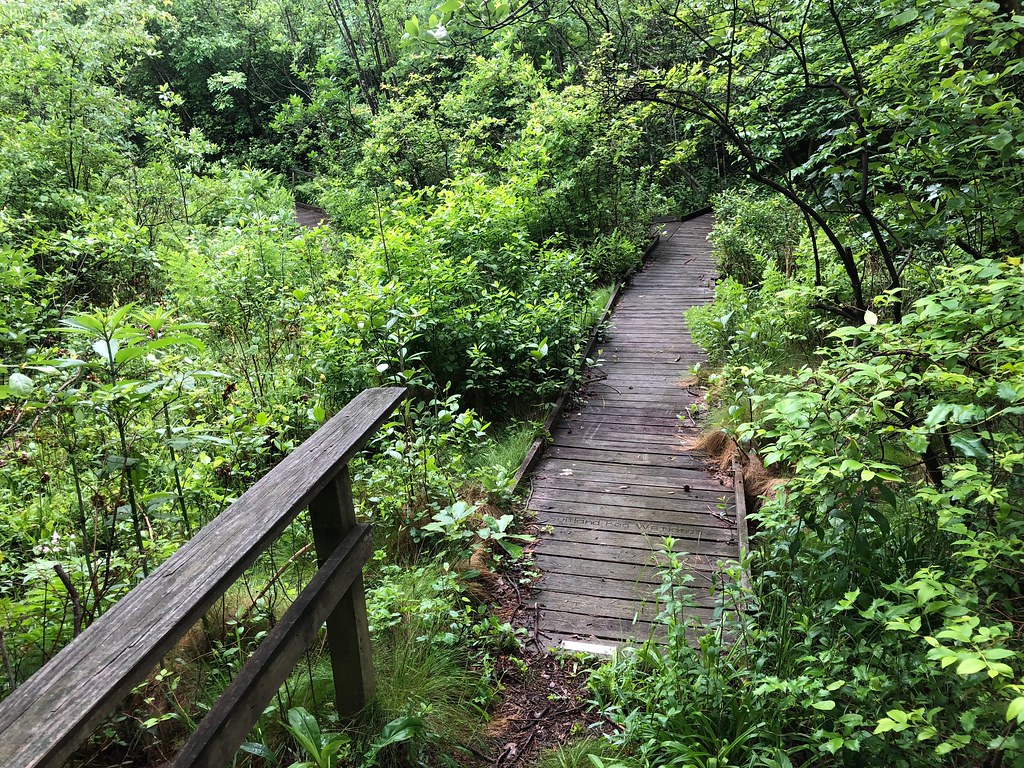
The bog itself is a short walk in from the carpark and enclosed by a chain-wire fence with a gate. A boardwalk takes you out over the bog proper.
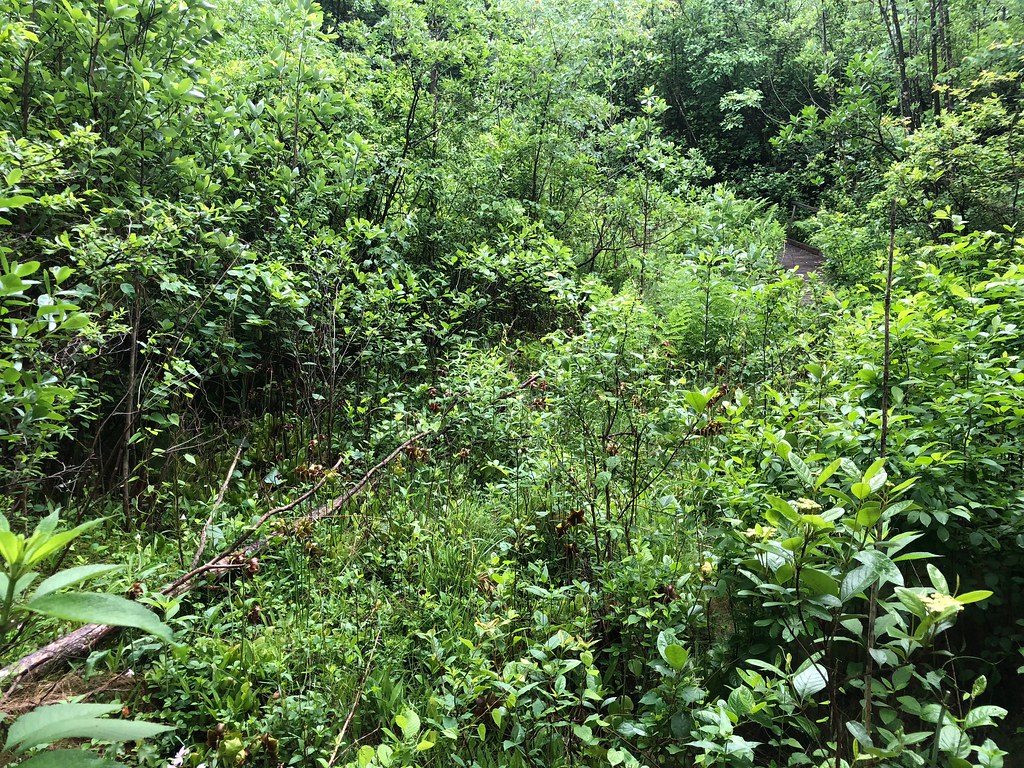
I was quietly anxious that I might not find many plants, but this worry evaporated the second I entered the bog – the flowers announced the presence of the Sarracenia immediately.
I found myself in paradise, with Sarracenia everywhere.
The plants are growing along and in a slow moving creek in the midst of woodlands. Most were growing with their rhizomes either sitting in or just above the water. Their distribution within the bog was deceptive at first glance – most of the biggest clumps were growing under dense shrubs and small trees, with relatively few plants growing fully exposed to the sun amongst grasses.
It turns out there was a good reason why so many were growing under suboptimal conditions – read on to find out why!
The density and vigour of the plants, especially those under the more optimal conditions, proved that this population was healthy. That said, even the plants growing under less optimal conditions were forming large clumps.
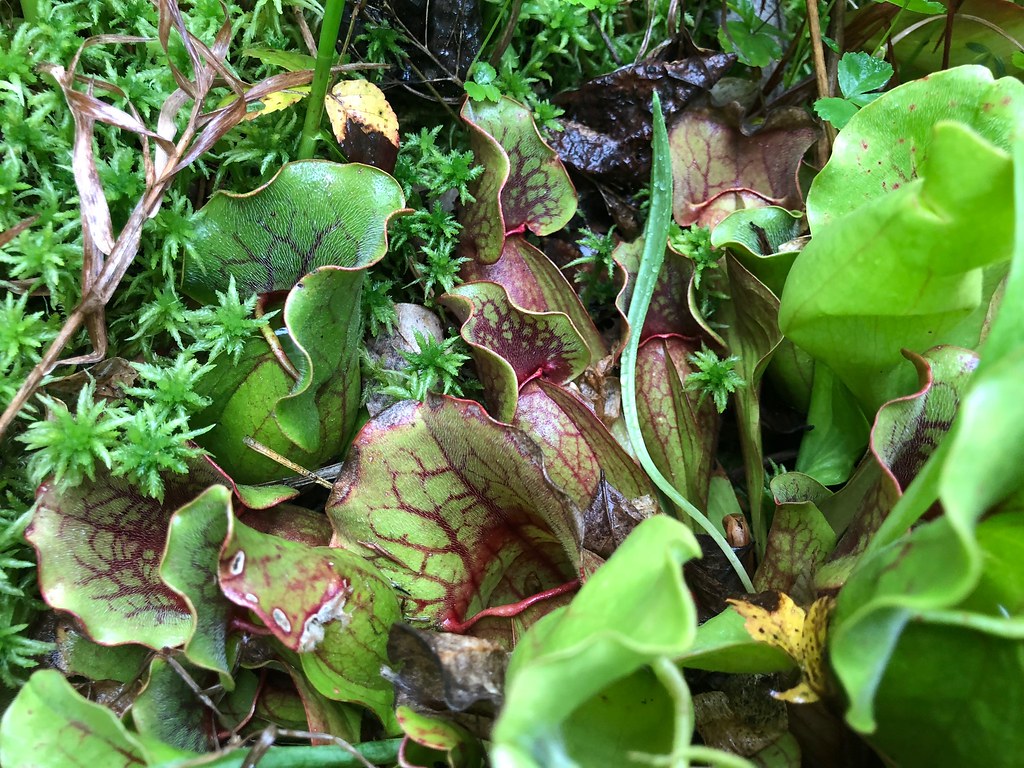
I was told there was a late spring in the US this year, and the weather before and during my stay was relatively overcast and wet. The plants did not have much colour when I visited for this reason. But if you looked beneath the new growth, the colour of last year’s growth was still visible.
Here is some of the variation I saw:
Given most of the “venosa” I’ve acquired and grown in Australia turned out to be S. rosea, it was great to see the genuine article.
A small part of the bog has Sphagnum growing in it. I was later told by a member of the preserve management committee that the Sphagnum was translocated from another bog.

The above picture links to a video capturing the ambience of the bog. Its soundtrack is the crickets and birds, occasionally marred by a speeding car or a C-17 on departure from nearby Andrews AFB (I was hoping for one of the UH-1N Twin Hueys of the USAF 1st Helicopter Squadron, but oh well).
Its worth noting that, from an ecological management perspective, that the Sarracenia are not the focus of conservation at the bog. In fact, the Sarraenia purpurea growing at the site are not the original population, which was extirpated many decades ago. Instead, they were translocated from New Jersey (I would presume from the Pine Barrens). The main conservation aim at Suitland is to preserve the last local example of a Magnolia bog, and management focuses on preservation of the swamp magnolia and several rare grasses, not the Sarracenia. This blog notes that Sarracenia removal is actually part of the management action suite there - hence why so many of the older plants were growing under suboptimal conditions! Another post from the same blog notes (as did a 1970s hydrology paper for the site) that Drosera filiformis once occurred here, as did Drosera intermedia as recently as 2007. I either missed the D. intermedia, or they have indeed disappeared.
I had hoped to see the pitcher plant mosquito, Wyeomyia smithii, at the bog. On Memorial Day, I saw – and was bitten by – a few mosquitoes, but they turned out to be Aedes vexans and Psorophora ferox (the latter has cute white socks!). As I was in the US working on mosquitoes, I was fortunate to visit and key out specimens in the mosquito collection at Smithsonian/Walter Reed Biosystematics Unit (also at Suitland), and made a point of examining and photographing some Wy. smithii specimens (which had also been collected at Suitland Bog). Some iphone-down-the-microscope-lens style shots are above.
Speaking with the Smithsonian curators, I was told that I must have been a couple of days too early, and that if we visited again, Wyeomyia should be flying. We called in on our way home to try our luck again and found them in abundance, flitting delicately from pitcher to pitcher.
They were more interested in feeding on the red veins of the traps than biting us (most populations of Wy. smithii are amphibian feeders, with just a few records of human feeding). The overcast conditions unfortunately made it very hard to photograph them. The below picture links to an iphone video of them in action:

In addition to the Sarracenia, a few other plants at the bog are worth mentioning. Rose Pogonia orchids (Pogonia ophioglossoides) were blooming right by the entrance:
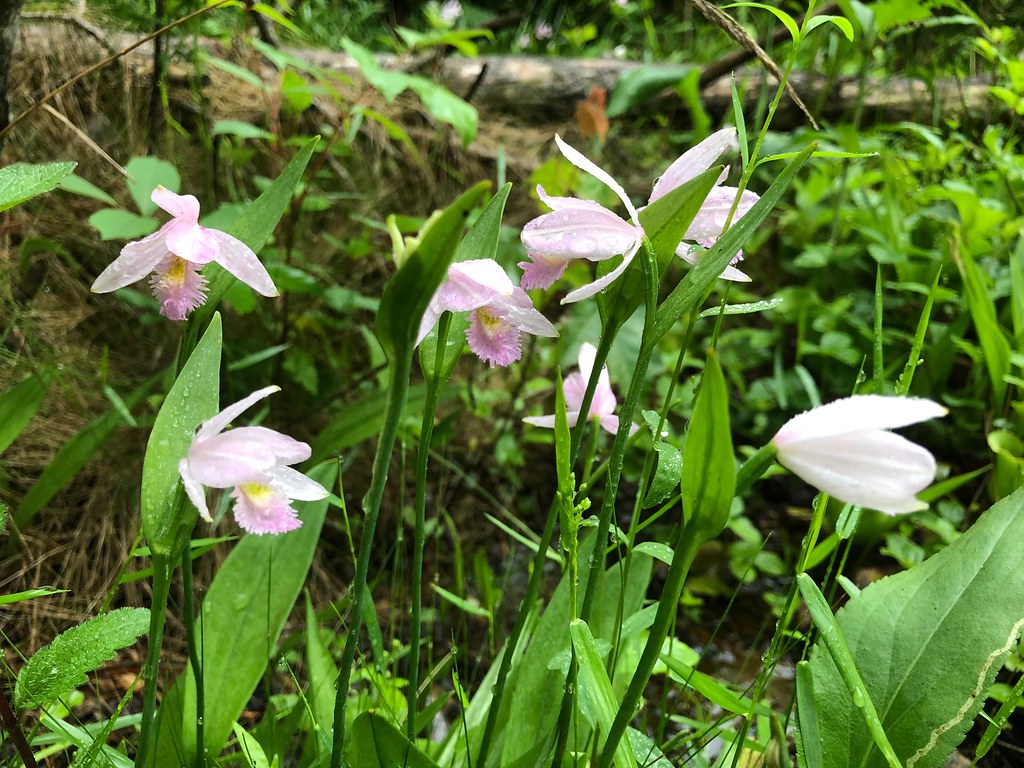
Unfortunately, I was about a month too late to see blooms of the Lady Slipper orchids (Cypripedium acaule) also reported to grow there. Further in along the boardwalk were two species of Jack-in-the-Pulpit.
The downside of getting to visit the US is that I had no chance to plant the potted Sarracenia back into bog gardens this winter. Even worse, a broken glass door the afternoon before a –8C night cooked the few non-terrarium Nepenthes I had here (my N. ampullaria and N. x hookeriana are doing well though). As the plants are breaking dormancy now, the opportunity to re-establish the bogs has passed for this year. On the plus side - the collection is shooting up what looks to be a bumper year for flowers, so stay tuned for photos soon.
PS – and while I missed out on a flypast at Suitland, I did get to see a USAF 1st Squadron Twin Huey (in fact, I was even allowed to strap in and run through the startup checks by the pilots :D ).
A great end to a fantastic trip.
